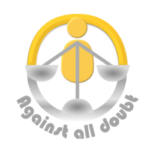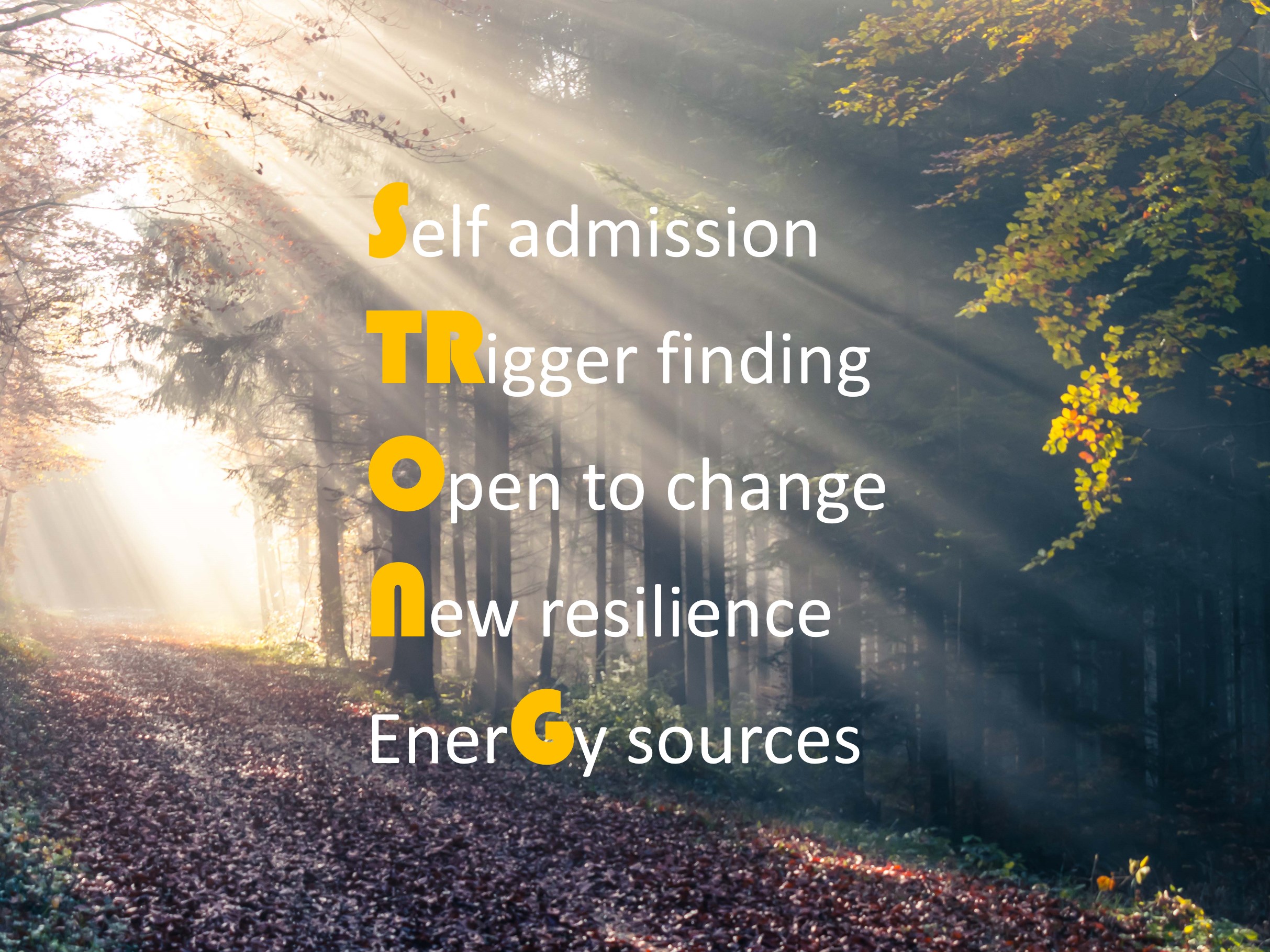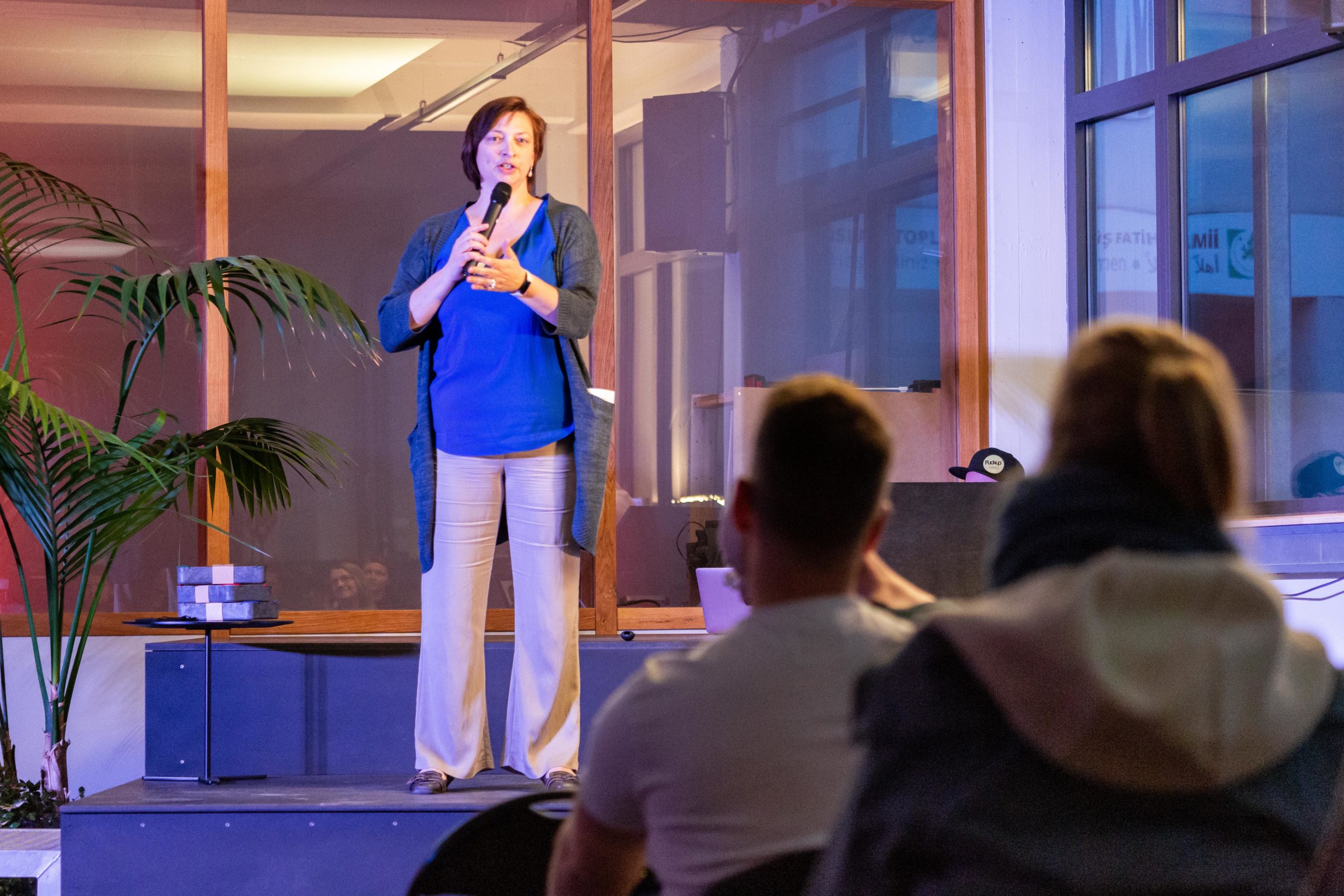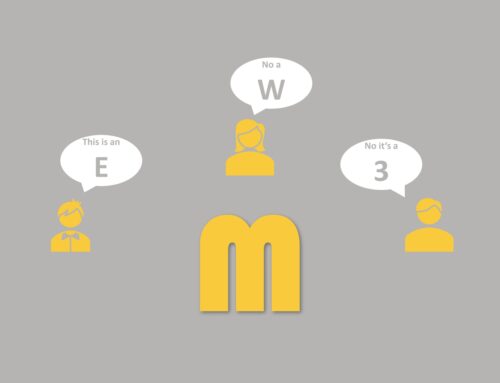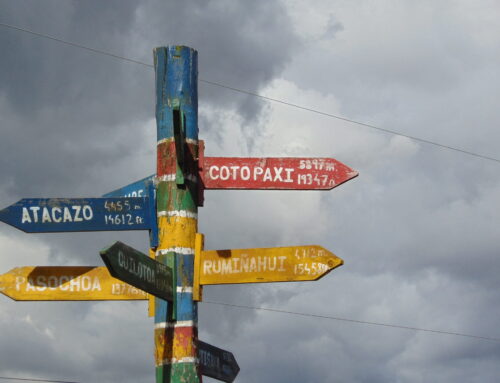The 3 phases of burnout and burnout symptoms
In the WHO description, the following three guiding characteristics are described:
1. physical and emotional exhaustion
2. alienation, mental distance
3. significantly reduced performance or ineffectiveness.
The symptoms can also be divided into physical and psychosomatic. However, I would like to sort the burnout symptoms into the different phases of a burnout using the phase model by Unger and Kleinschmidt.
Phase 1: First signs of exhaustion
As strange as it may sound, the first phase often shows itself through an excessive commitment in one area, e.g. the job. The affected person feels indispensable and denies his own needs, e.g. to give everything professionally. At the same time, one does not allow oneself any, or hardly any, recovery phases. Especially at the beginning of a burnout, it can be extremely demotivating for the person affected if his or her efforts are not seen.
Thoughts in this phase could be: “Only I can do xyz, the others take too long!” or also “It must be done!”.
Towards the end of this phase, mistakes may occur that one is not used to from the person, or there is increased conflict or lateness.
Physically, the first burnout symptoms appear and these are now very individual. It could be increased headaches, back pain or digestive problems. Things that you don’t really take seriously, especially at the beginning of a burnout. There can also be sleep disturbances that result in persistent fatigue and exhaustion. Common physical characteristics are also breathing problems, tinnitus or a feeling of tightness in the chest. The physical symptoms increase over the phases, often the body starts with a cry for help and then increases this in frequency or variance.
From the outside, this phase can be recognized, for example, by an increase in overtime or emotionally atypical behavior. The physical burnout symptoms can often still be “hidden” by medication at this stage.
Phase 2: The exhaustion progresses
In this phase, there are more and more concentration difficulties or memory problems. Both often lead to the feeling that the affected person has to perform even more or expresses itself in more aggressive behavior or increased irritability.
Thoughts in this phase often start with “I have to…”: “I have to do xyz!” or “I have to get through this now!
As this phase progresses, social withdrawal occurs. The person isolates himself, becomes cynical. The person begins to distance himself emotionally, e.g. inwardly quits his job or no longer sees any sense in the task in which he was previously absorbed.
The danger of slipping into an addiction increases, as alcohol, shopping, eating are discovered as a substitute satisfaction, which is also supposed to counteract an incipient inner restlessness.
The physical complaints increase and become more massive.
Performance can decline and the person, who until then had been committed, suddenly works to rule and is nevertheless less able to work under pressure. Even the smallest additional task is perceived as a heavy burden.
Phase 3: Exhaustion
In this phase, there is often a feeling of being controlled or driven. Not being able to control one’s own life anymore. One’s own personality is lost. An inner emptiness and despondency are not uncommon, as are panic attacks. Substitute gratifications as described in phase 2 increase extremely, as does the fluctuation of mood.
Thoughts in this stage show despair and doubt about oneself. They might be, “I’ll never make it!” or “How is all this going to work out?”
This is where suicidal thoughts and depression can now occur. The end is the complete emotional, physical and mental breakdown.
From the outside, you often do not recognize the person anymore. The behavior or appearance is completely different.
Now that I have described the possible burnout symptoms and effects in phases, I would like to point out that burnout is not a straightforward process. The phases can mix and the burnout symptoms can be very different from person to person. Especially in the beginning, the development is often not easy to recognize or conscious.
